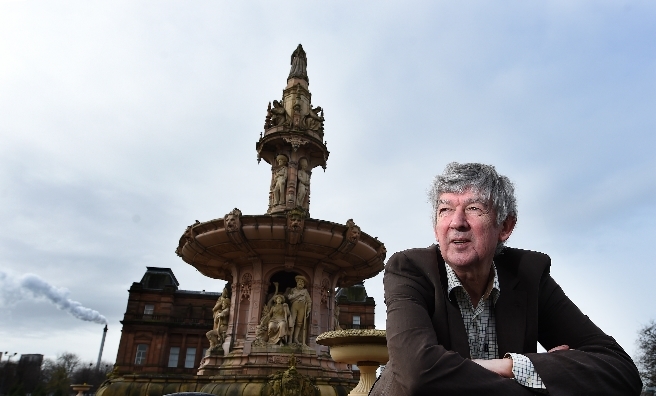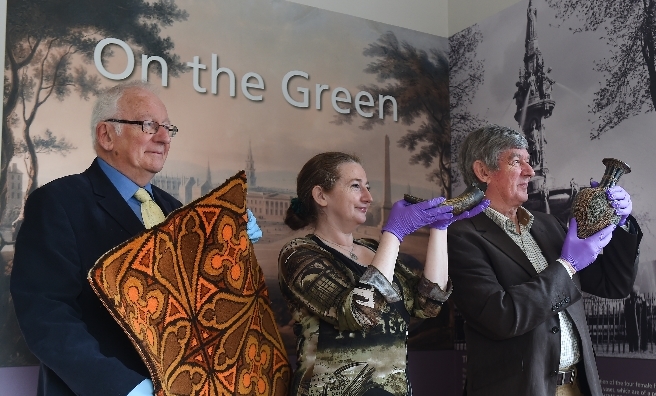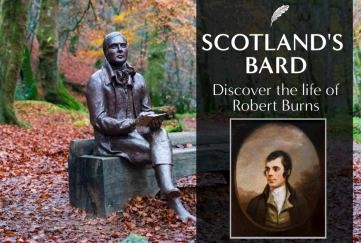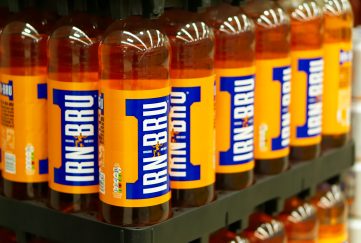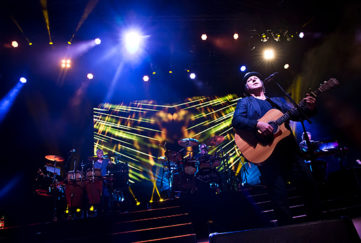The Glasgow Green Story
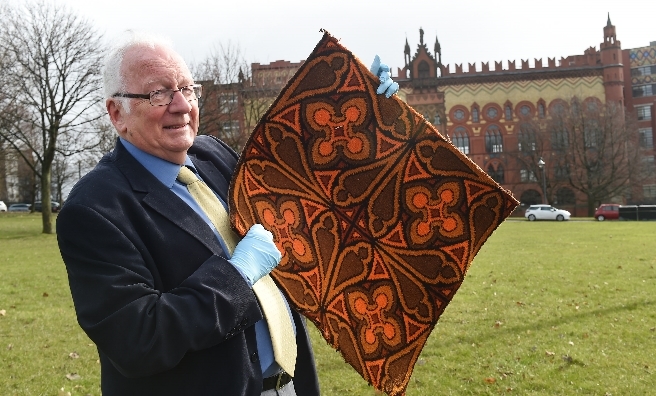
Glasgow Museums have opened the first new permanent gallery space in ten years at the People’s Palace – On The Green, which tells the story of Glasgow Green.
Located within the Doulton Room, Glasgow Museum’s new gallery also connects the People’s Palace with its surrounding historic landscape and, in particular, explores the Doulton Fountain and former James Templeton and Son carpet factory.
‘The restoration has been a wonderful achievement’
John Richmond, great grandson of A E Pearce, creator of the colossal Doulton Fountain that has been a focal point on The Green of almost 120 years, was one of the first visitors to view On The Green. “As a family, we are very proud of our great grandfather’s talents as one of Doulton’s most important artists and designers,” said John Richmond.
“The last time I saw the Victoria Fountain was some twenty years ago, when it was in a very sad state. The restoration has been a wonderful achievement and it looks magnificent in its relocated position in front of the People’s Palace.”
Also among the first visitors to the exhibition were Alan Robertson, who started work at James Templeton and Son carpet factory in his late teens and went on to become Head Designer and curator of social history with Glasgow Museums, and Fiona Hayes, who selected, arranged and presented the objects on display in On The Green.
25 historically significant pieces
On The Green features 25 historically significant pieces from the city’s social history, Scottish history, art, archaeology and textiles collection and was funded by Glasgow Life and a Museums Galleries Scotland grant.
“Glasgow Green has had a long history as a leisure and recreation space but also as a place of work, debate and learning and protest,” said Chair of Glasgow Life, Councillor Archie Graham. “On The Green includes stories relating to many activities on the Green and the River Clyde, with particular attention given to the iconic Doulton Fountain and Templeton’s carpet factory.”
Those given the freedom of the city today are allowed to graze their livestock on the Green
Some of the more unusual objects in the exhibition bring to life many of the stories of the green and its surrounding landmarks, including textiles from Templeton’s made for the Mitchell Library and a horn from 1700, used by Glasgow’s last Town Herd, John Anderson (d.1782). His job was to look after Glasgow citizens’ sheep and cattle, during which he used the horn to collect cows on Glasgow Green for milking. Those given the freedom of the city today are still allowed to graze their livestock on the Green.
Dating further back are silver coins found on Glasgow Green from the time the land was originally gifted to Bishop Turnbull and the people of Glasgow by King James II in 1450 and a hand mill believed to be from about 100BC-100AD.
For more information, click here.
- John Richmond, great grandson of A E Pearce, creator of the colossal Doulton Fountain, was one of the first visitor to On The Green at the People’s Palace
- Alan Robertson, once an apprentice at James Templeton and Son carpet factory and went on to become Head Designer and curator of social history with Glasgow Museums,
- Alan Robertson, Fiona Hayes (Designer and curator of social history with Glasgow Museums) and John Richmond.
People’s Palace
- People’s Palace is located on Glasgow Green, Glasgow G40 1AT.
- Open Tuesday to Thursday and Saturday 10am to 5pm; and Sunday 11am to 5pm.
- Free admission.
- For more information, click here.
Be ‘Appy!
Glasgow Museums is launching an app for Apple and Android tablets to accompany the exhibition.
The free app allows users to make full use of the technology inherent in these devices, including pinch/zooming of detailed object and archive photography, bringing the objects to life while also giving users a real sense of each object’s texture and form.
The app will enable visitors, both in-gallery and those not able to view the exhibition in person, to fully appreciate the beauty, history and significance of key objects in Glasgow Museums collection, and find out more about the stories behind key objects.


